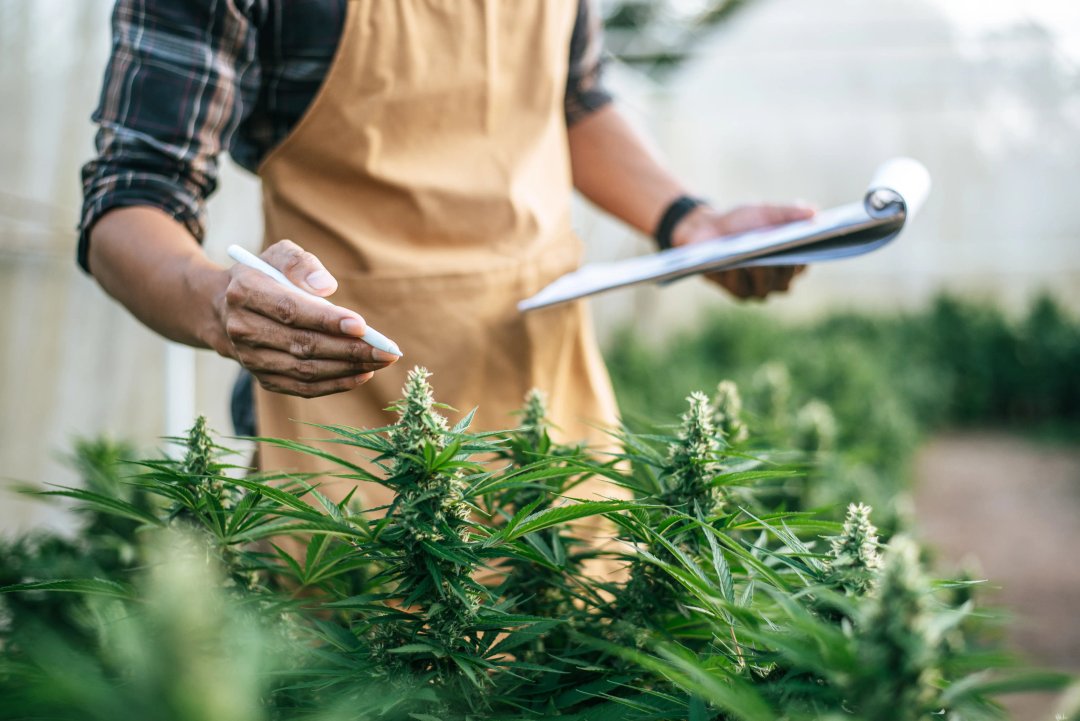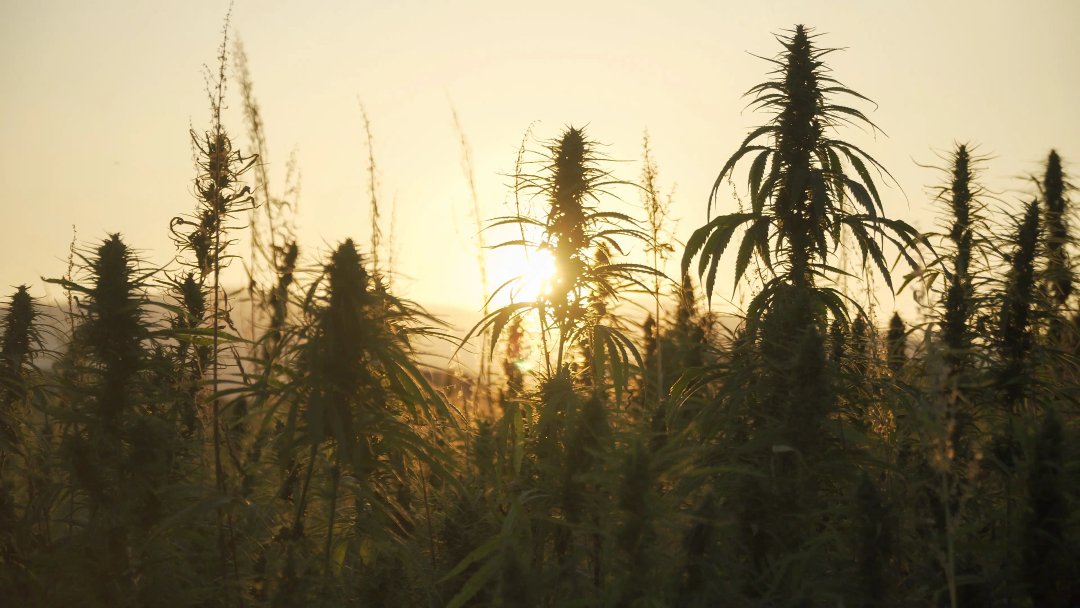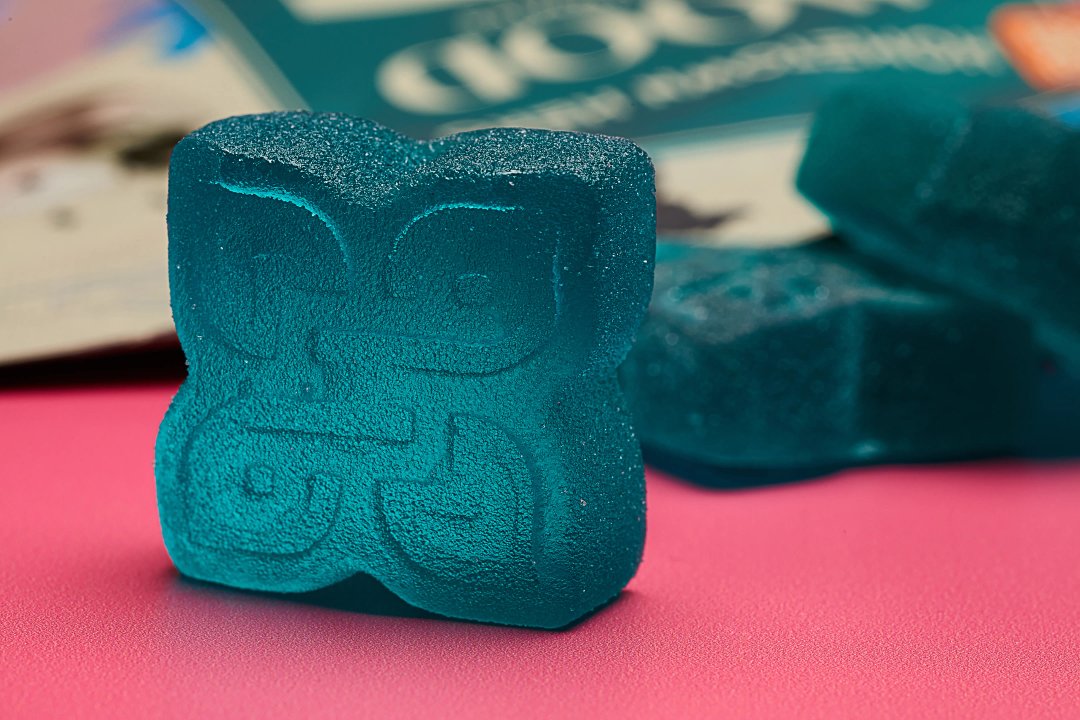The farm where we grow our hemp is nestled within the Texas Wine Country, known for its abundant sunlight, mineral-rich sandy loam, and cool nights promoting growth.
- Using protective microbes instead of chemical pesticides
- Nourishing the soil with organic compost, not chemical fertilizer
- No-till farming techniques to reduce erosion while biological activity in the soil
Our live rosin products come from two separate aspects of the plant: large buds and small buds/trimmings.
Small Buds/Trimmings
The Delta-9 THC for our live rosin edibles comes from tiny buds and trimmings. We then send these pieces of the plant to an extraction facility that uses supercooled CO2 to break down the plant matter and "push" the cannabinoids out of the hemp. CO2 extraction is nothing new. It's the same technique used to make decaffeinated coffee beans.
Then, we derive our Delta-9 from the cannabinoids extracted from the trimmings and small buds of the plant.
Large Buds
The larger buds are where the live rosin comes from. Usually, growers cure their larger buds to dry them enough (but not too dry) for an ideal smoking experience. With live rosin, we forgo this process to preserve the "living terpene profile" of the plant, hence the name "live" rosin.
But if we don't cure these buds, then what do we do with them?
Producing Live Rosin
Instead of curing the larger buds, we flash-freeze them. Just like CO2 extraction, flash-freezing isn't anything new either. It's the same process used to produce the frozen pizzas and vegetables in your local supermarket. This process is crucial because, as mentioned before, it preserves the living terpene profile of the plant matter.
From there, we use the frozen plant matter to craft bubble hash. For those unfamiliar, hash is a concentrate that is made by using a mesh screen to filter out the trichomes (crystalline structures on the plant that are rich in cannabinoids), which are often called "kief," and then pressing the kief together to make a potent final product.
Bubble hash follows the same principle with specialized mesh filters but with cold water and ice to help scrape out more trichomes. Making bubble hash at home can be done with buckets and filters; however, since we produce live rosin on an industrial scale, our specialized machine handles this process more consistently.
From there, we put the bubble hash into a specialized press that applies immense pressure and added heat over a long period to squeeze out a rich, golden sap containing the plant's living profile along with its nuances in flavor and effect. And yes, this golden sap is, in fact, live rosin.
Infusing Our Gummies



